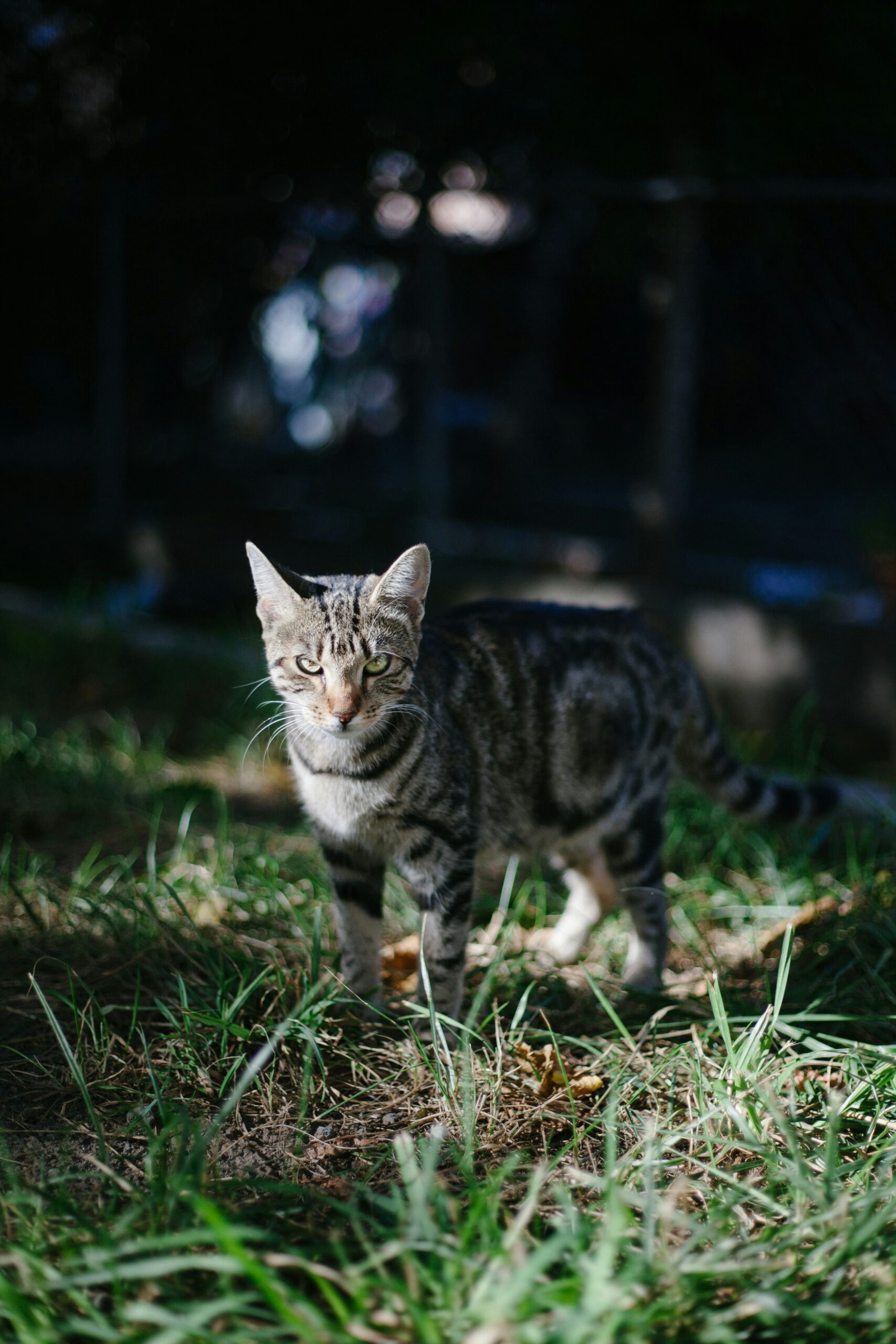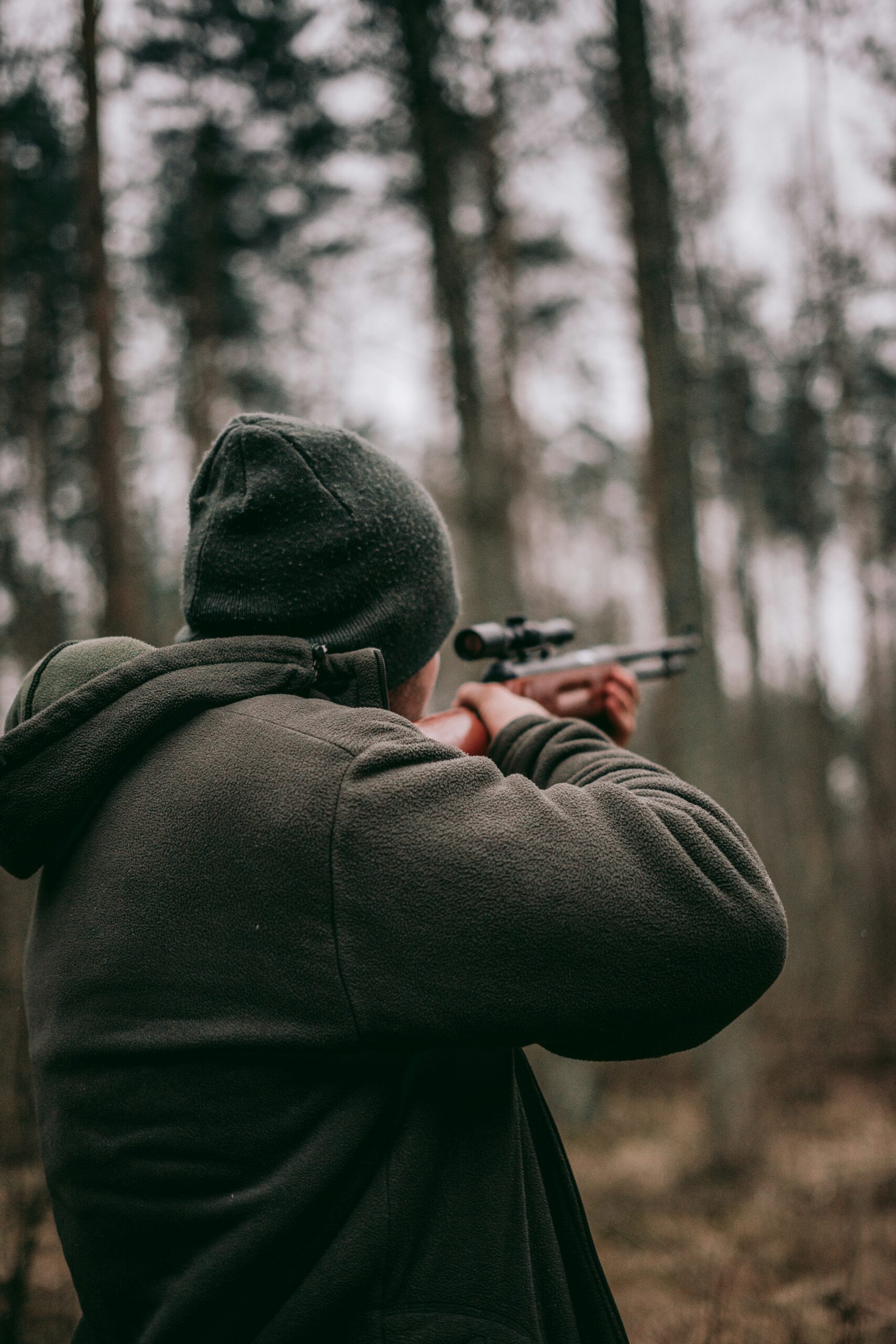When it comes to hunting, having the right binoculars can make all the difference. But with so many options available, it can be overwhelming to decide whether to choose a Porro prism or roof prism binocular. Each type has its own set of advantages and considerations, which can greatly impact your hunting experience. In this article, we will explore the differences between Porro prism and roof prism binoculars, helping you make an informed decision that suits your needs and enhances your hunting skills.
Understanding Basics: What are Binoculars
Definition and function of binoculars
Binoculars are optical instruments consisting of two parallel telescopes mounted side by side, allowing for enhanced depth perception and observation of distant objects with both eyes simultaneously. They are designed to magnify and bring objects closer, providing a clear and detailed view. Binoculars are commonly used in a wide range of activities, such as hunting, birdwatching, stargazing, and even sporting events.
Why are binoculars important in hunting
Binoculars play a crucial role in hunting by enabling hunters to spot and identify targets in the distance. They enhance visibility, allowing hunters to survey the surrounding area, locate game, and assess their size, behavior, and overall conditions. Binoculars help hunters make informed decisions, especially when determining the best approach, judging the trophy quality, and ensuring a safe and accurate shot. They serve as valuable tools for scouting, tracking, and identifying potential targets, ultimately enhancing the overall hunting experience.
Explaining: The Prism system in Binoculars
What is a prism system
A prism system is a fundamental component of binoculars that allows the optical pathway to produce an upright and corrected image. It consists of specially shaped glass prisms positioned within the binoculars’ housing. These prisms redirect and manipulate the light entering the binoculars, ensuring that the image appears correctly oriented to the viewer.
The role of the prism system in binoculars
The prism system in binoculars works by bending and reflecting light rays, which would otherwise be inverted, using a series of internal reflections. By using prisms, the light path is redirected, allowing the image to be presented upright and maintaining the correct left-right orientation. The prism system is crucial for ensuring comfortable and natural viewing, as it eliminates the need for the viewer to mentally compensate for an inverted image.
Why is the prism system important
The prism system is vital in binoculars as it corrects the inverted image that would naturally occur in telescopes or other optical devices without prisms. This correction enables users to view objects and scenes in their correct orientation without the need for mental adjustments, making the viewing experience more intuitive and user-friendly. Additionally, the prism system contributes to the overall optical excellence of binoculars, enhancing image quality, clarity, and resolving power.

Understanding the Porro Prism Binoculars
What are Porro prism binoculars
Porro prism binoculars refer to a type of binocular design that utilizes Porro prisms, named after their inventor, Ignazio Porro. In this design, the objective lenses and the eyepieces are offset from each other, resulting in a unique shape with the objective lenses wider apart than the eyepieces.
Function and Principle of Porro prism binoculars
Porro prism binoculars function by utilizing Porro prisms to correct the image orientation. The Porro prism design allows light to travel a longer path through the binoculars, which often results in improved image quality, depth perception, and a wider field of view compared to other prism systems. This design also offers excellent light transmission, contributing to brighter and clearer images.
Design and physical characteristics of Porro prism binoculars
Porro prism binoculars typically have a wider and more robust body due to the offset objective lenses and eyepieces. The eyepieces are usually closer to each other, allowing for comfortable viewing with both eyes. The focus wheel is often placed at the center, with the eyepieces rotating independently for diopter adjustment. Porro prism binoculars often feature a traditional and timeless appearance, appealing to those who appreciate classic optics.
Understanding the Roof Prism Binoculars
What are Roof prism binoculars
Roof prism binoculars refer to another design of binoculars that utilize a roof prism system. In this design, the objective lenses and the eyepieces are aligned in a straight line, resulting in a more streamlined and compact shape.
Function and Principle of Roof prism binoculars
Roof prism binoculars function by utilizing a roof prism system to correct the image orientation. The roof prism design allows light to take a more direct path through the binoculars, resulting in a more compact and streamlined body compared to Porro prism binoculars. This design often offers a more ergonomic and user-friendly grip, making them easier to handle in the field.
Design and physical characteristics of Roof prism binoculars
Roof prism binoculars typically have a narrower and more compact body due to the aligned objective lenses and eyepieces. The eyepieces are usually slightly further apart, allowing for comfortable viewing with both eyes. The focus wheel is often placed at the center, with the eyepieces rotating together for diopter adjustment. Roof prism binoculars often feature a modern and sleek appearance, appealing to those who prefer compact and portable optics.

Distinguishing: Differences between Porro and Roof Prism Binoculars
Physical design differences
One of the primary differences between Porro and Roof prism binoculars is their physical design. Porro prism binoculars have a wider and more robust body, with the objective lenses and eyepieces offset from each other. On the other hand, Roof prism binoculars have a narrower and more compact body, with the objective lenses and eyepieces aligned in a straight line. These design differences result in variations in size, weight, and overall ergonomics.
Optical performance differences
While both Porro and Roof prism binoculars can deliver exceptional optical performance, there are some inherent differences between the two designs. Porro prism binoculars often offer a wider field of view, better depth perception, and enhanced image quality due to their longer light path and prism configuration. Roof prism binoculars, on the other hand, are typically more compact and may have better light transmission efficiency, resulting in brighter images in certain scenarios.
Price differences
Price can also be a distinguishing factor between Porro and Roof prism binoculars. Generally, Porro prism binoculars tend to be more affordable due to their traditional design and the ease of manufacturing the prisms. Roof prism binoculars, with their sleek and compact design, often command a higher price point due to the more complex manufacturing process and the use of higher-quality prism materials.
Analyzing: Advantages and Disadvantages of Porro Prism Binoculars
Optical advantages of Porro Prism Binoculars
Porro prism binoculars offer several optical advantages. The longer light path allows for better image quality, sharpness, and depth perception. They often have a wider field of view, making it easier to locate and track moving targets. The offset prism design can also reduce eye strain and provide a more comfortable viewing experience, especially during prolonged observation sessions.
Physical advantages of Porro Prism Binoculars
In terms of physical advantages, Porro prism binoculars typically have a wider body, which offers a more secure and stable grip. The more substantial weight can contribute to stability and ease of handling, reducing hand tremors and offering steadier views. The offset prism design also provides a wider interpupillary distance range, accommodating a broader range of users.
Downsides of Porro Prism Binoculars
One downside of Porro prism binoculars is their bulkier and less compact design. They may not be as portable or easy to carry around compared to Roof prism binoculars. The offset prism configuration also requires additional mechanical components, making them potentially more susceptible to misalignment or damage. Additionally, due to their wider body, Porro prism binoculars may be less ideal for users with smaller hands or those seeking a more lightweight option.

Analyzing: Advantages and Disadvantages of Roof Prism Binoculars
Optical advantages of Roof Prism Binoculars
Roof prism binoculars offer several optical advantages. The straight-line light path allows for a more compact and streamlined design, making them highly portable and easy to carry. They often have better light transmission efficiency, resulting in brighter images, particularly in low-light conditions. The roof prism configuration can also eliminate the need for additional reflections, enhancing image brightness and contrast.
Physical advantages of Roof Prism Binoculars
In terms of physical advantages, Roof prism binoculars are lightweight and compact, making them ideal for users who prioritize portability and convenience. The streamlined design offers a more ergonomic grip, allowing for extended and comfortable use in the field. The lack of an offset prism design can also contribute to a more durable and robust construction, as there are fewer internal components that may be prone to misalignment or damage.
Downsides of Roof Prism Binoculars
One potential downside of Roof prism binoculars is their typically narrower field of view compared to Porro prism binoculars. This may make it slightly more challenging to locate and track fast-moving targets. Additionally, the compact size may result in a smaller interpupillary distance range, limiting the suitability for users with wider-set eyes. Roof prism binoculars are also generally priced higher than their Porro prism counterparts due to the more advanced prism technology and compact design.
Choosing: Factors to consider in selecting the right binoculars for hunting
Environmental conditions
When selecting binoculars for hunting, it is essential to consider the environmental conditions you will be encountering. If you frequently hunt in low light conditions or dense forests, binoculars with excellent light transmission and larger objective lenses may be beneficial. On the other hand, if you primarily hunt in bright conditions or open fields, compact and lightweight binoculars may be more appropriate.
Type of game hunted
The type of game you hunt can influence the choice of binoculars. For hunting smaller game or birds, binoculars with higher magnification and a narrower field of view may be advantageous for detailed observation. For hunting larger game, a wider field of view and lower magnification may be more suitable to locate and track animals in their natural habitat.
Distance of the hunt
Considering the average hunting distance is crucial when selecting binoculars. If you typically engage in long-range hunting, binoculars with higher magnification and excellent image quality at long distances may be preferable. For shorter-range hunting, binoculars with a wider field of view and lower magnification may offer better situational awareness and easier target acquisition.
Personal preference and comfort
Ultimately, personal preference and comfort should play a significant role in choosing binoculars for hunting. Consider factors such as the weight, size, and ergonomics that align with your preferences and physical attributes. It is essential to select binoculars that you feel comfortable using for extended periods without causing strain or discomfort.
Offering Insights: When to choose a Porro Prism Binocular for Hunting
Specific scenarios where Porro prism is the superior choice
Porro prism binoculars are often a superior choice in scenarios where a wider field of view and better depth perception are crucial, such as hunting in dense forests or tracking fast-moving game. The longer light path and offset prism design contribute to improved image quality and comfortable viewing. Additionally, if you have larger hands or prefer a more substantial and stable feel, Porro prism binoculars may be the ideal choice.
Testimonials from hunters using Porro prism binoculars
Many hunters who use Porro prism binoculars praise their outstanding optical performance, particularly in low-light conditions. They appreciate the wider field of view, excellent depth perception, and the more comfortable viewing experience. Testimonials often highlight the durability and stability of Porro prism binoculars, making them reliable companions for extended hunting trips.
Offering Insights: When to choose a Roof Prism Binocular for Hunting
Specific scenarios where Roof prism is the superior choice
Roof prism binoculars excel in scenarios where portability and compactness are essential, such as long hikes or hunting in open fields. Their streamlined design and lightweight construction make them highly portable and easy to carry for extended periods. Furthermore, if you have smaller hands or prefer a more lightweight option, Roof prism binoculars may be the optimal choice.
Testimonials from hunters using Roof prism binoculars
Hunters who use Roof prism binoculars often highlight their superior portability and ergonomic grip. They appreciate the clarity, brightness, and image quality delivered by these binoculars. Testimonials often mention the convenience of Roof prism binoculars during long hunting trips, where every ounce of weight matters. The compact design and durability are also frequently praised by hunters who value efficiency and reliability in their equipment.
In conclusion, choosing between Porro prism and Roof prism binoculars for hunting depends on various factors such as personal preference, hunting conditions, and game type. Both designs have their advantages and disadvantages, and selecting the right binoculars involves considering optical performance, physical characteristics, and your individual needs. Whether you prefer the wider field of view and excellent depth perception of Porro prism binoculars or the portability and compactness of Roof prism binoculars, making an informed decision will enhance your hunting experience and improve your ability to observe and engage with your surroundings.
